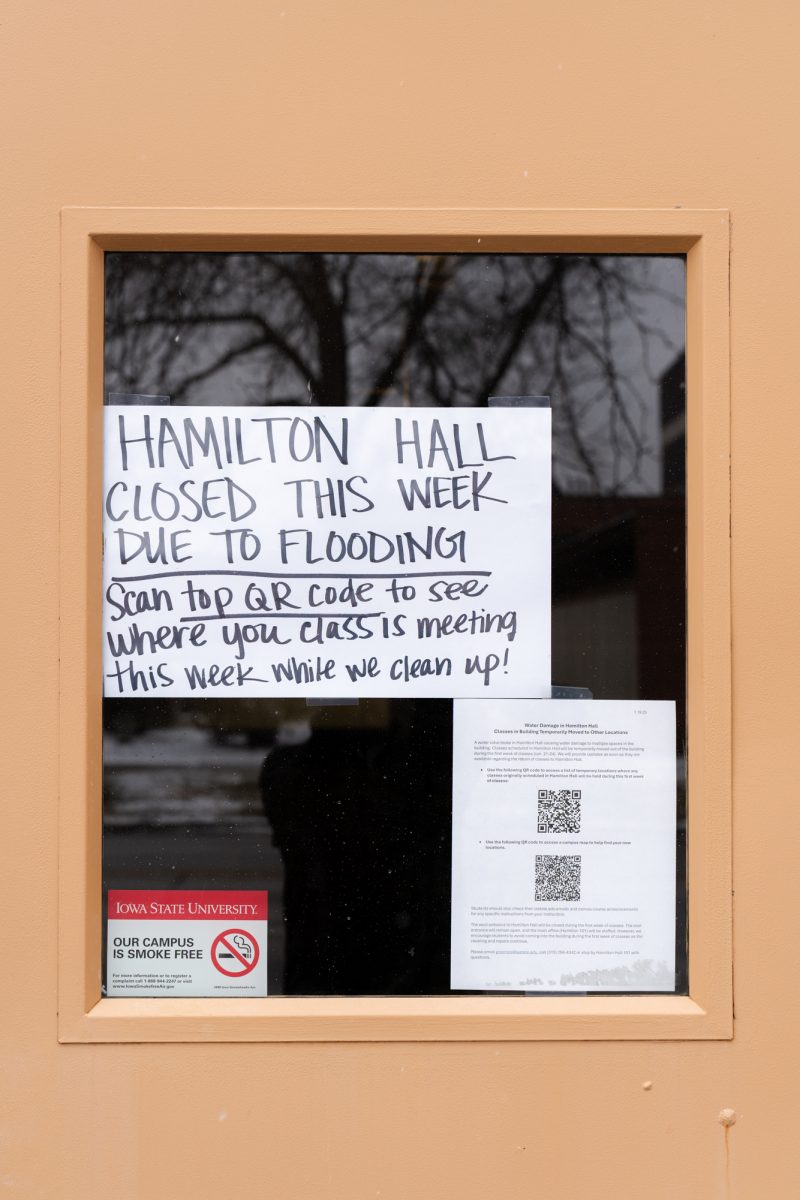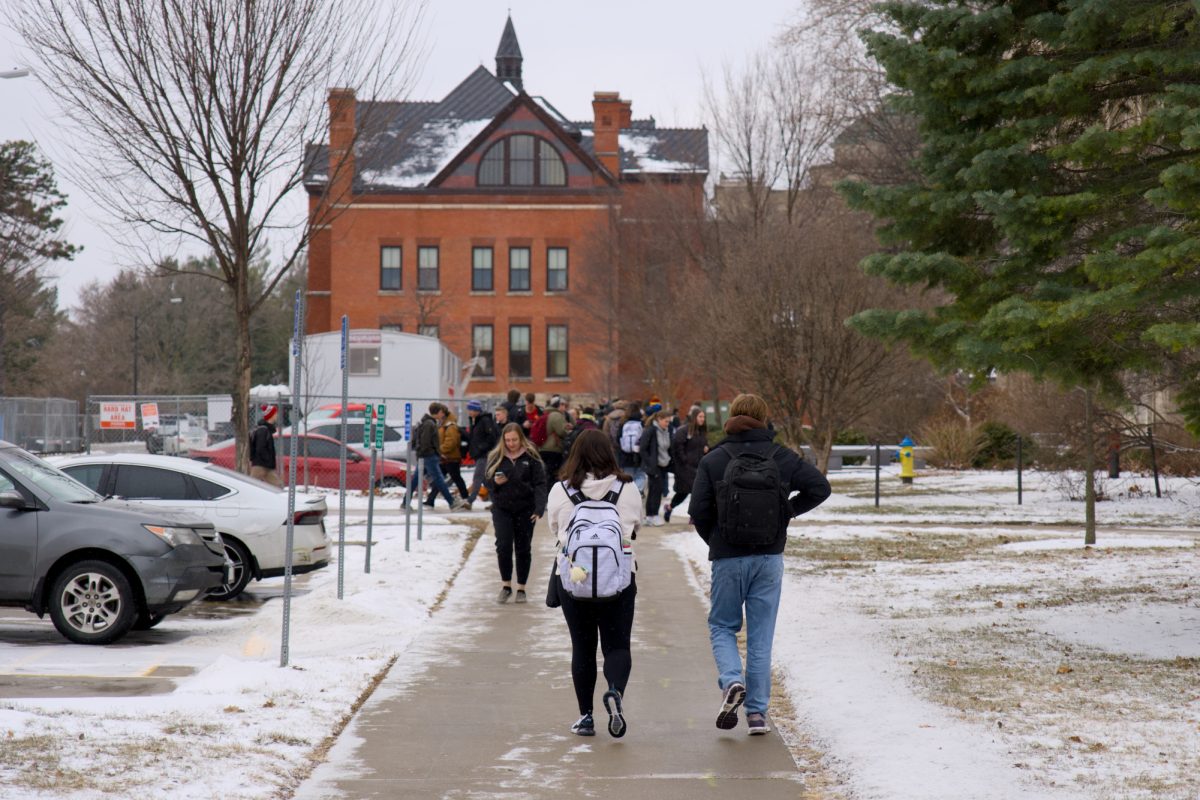Supercomputing
January 31, 2006
A group of ISU researchers just bought the fastest computer on the block, but you won’t be able to play your favorite game on it any time soon.
Located in the basement of Durham Center, the $1.25 million IBM Blue Gene/L supercomputer will allow researchers to sequence the corn genome and understand protein networks in organisms.
Housed inside a parallelogram-shaped box that is a bit larger than a keg refrigerator, its 2,048 processors can complete 5.7 trillion calculations per second and store 11 terabytes of data. One terabyte equals 1,000 gigabytes of storage.
“This is like having 2,048 computers in one box,” said Srinivas Aluru, professor of electrical and computer engineering. Aluru said the machine ranks among the 15 fastest computers located at universities worldwide and ranks 73rd on the current TOP500 list of the world’s fastest supercomputers.
Arun Somani, professor and chairman of the electrical and computer engineering department, said the supercomputer, constructed by IBM in Rochester, N.Y., is at least 2,000 times faster than a current desktop computer and contains nearly 1,000 times the storage space.
“It is at least 10 times more powerful than any other machine on campus,” he said. “It opens up new research areas.”
The computer was funded by a $600,000 award from the National Science Foundation and $650,000 from allocations from the Office of the President, Office of the Vice Provost for Research, Information Technology Services and the Plant Sciences Institute.
Robert Jernigan, director of the Laurence H. Baker Center for Bioinformatics and Biological Statistics, said graduate students, in addition to faculty, would use the supercomputer to do research. Bioinformatics involves using computers to collect and analyze large amounts of biological data.
“It’s very important for research, but for learning, too,” said Jernigan, who is also a professor of biochemistry, biophysics and molecular biology.
Patrick Schnable, professor of agronomy and director of the Center for Plant Genomics, said not just anyone would be able – or perhaps even know how – to use the supercomputer.
“It’s a little like a race car – a wonderful instrument, but it takes someone who knows how to drive it,” Schnable said. “It is going to allow us to do research we wouldn’t be able to do before.”
Jernigan said the supercomputer would allow ISU researchers to advance their projects more rapidly than ever.
“Access to new technology always advances science,” he said.






